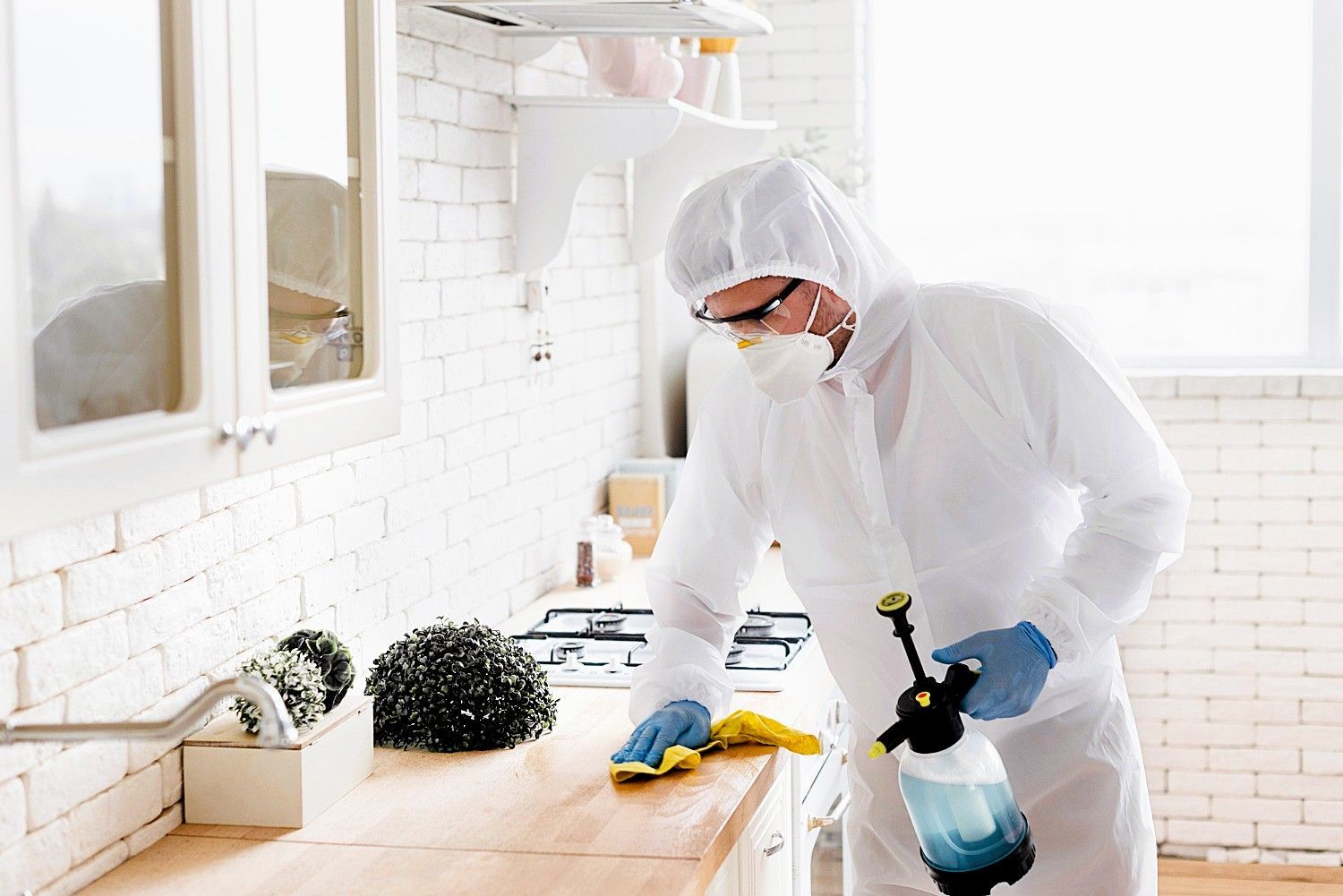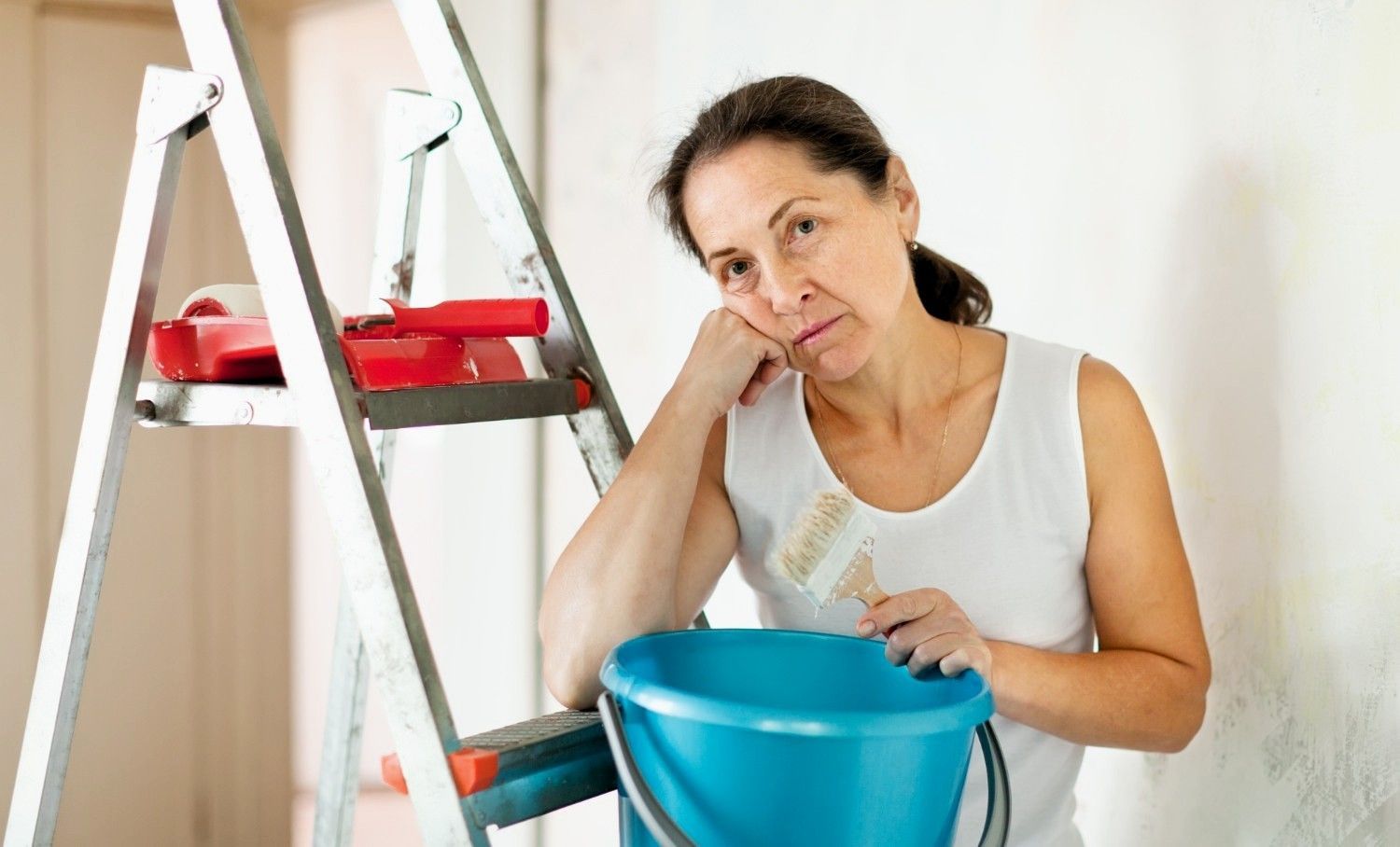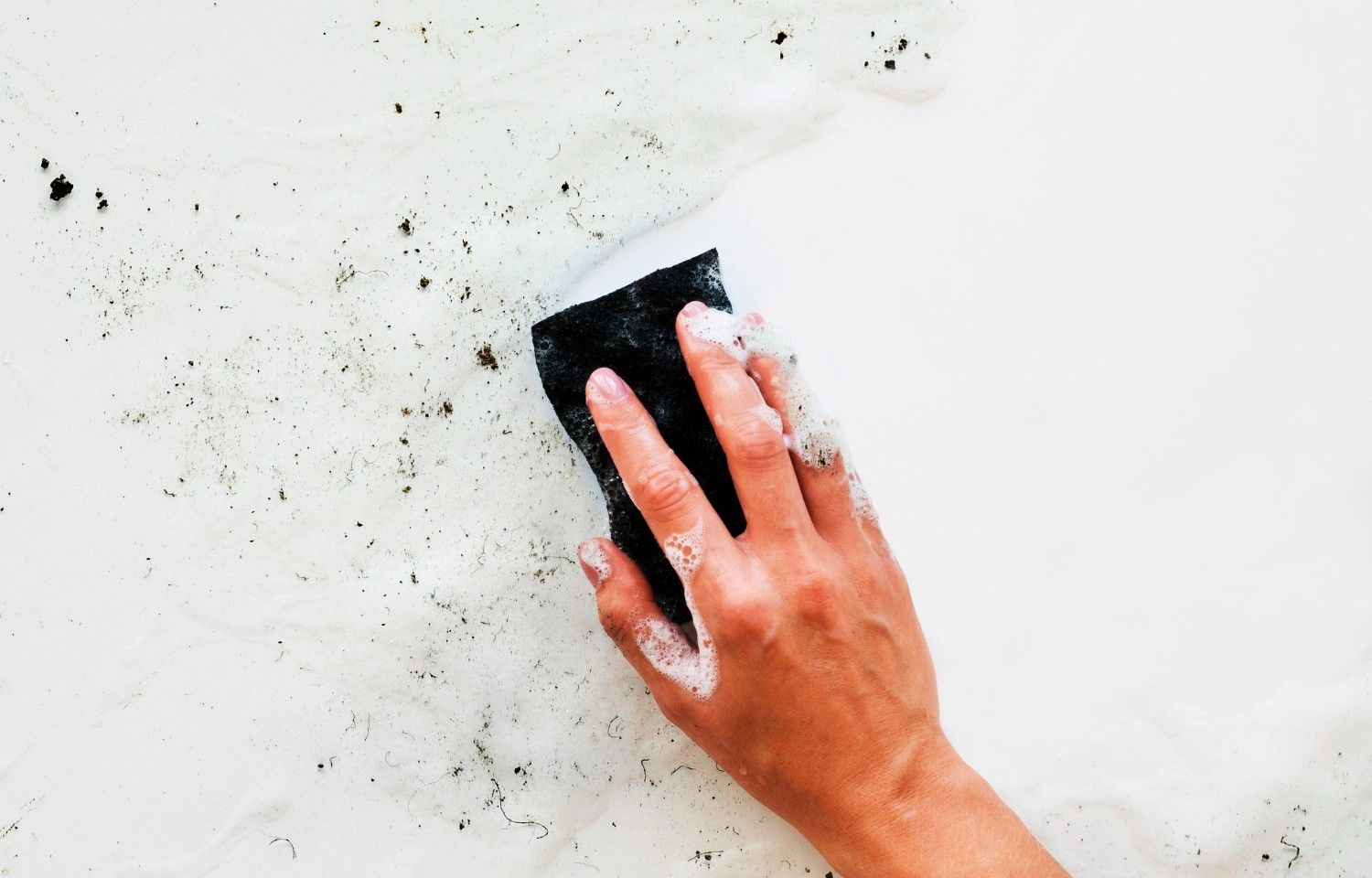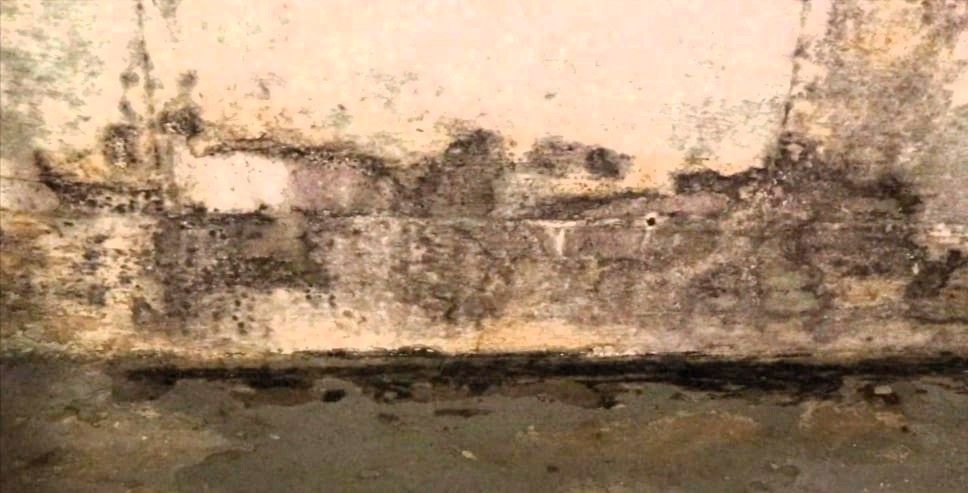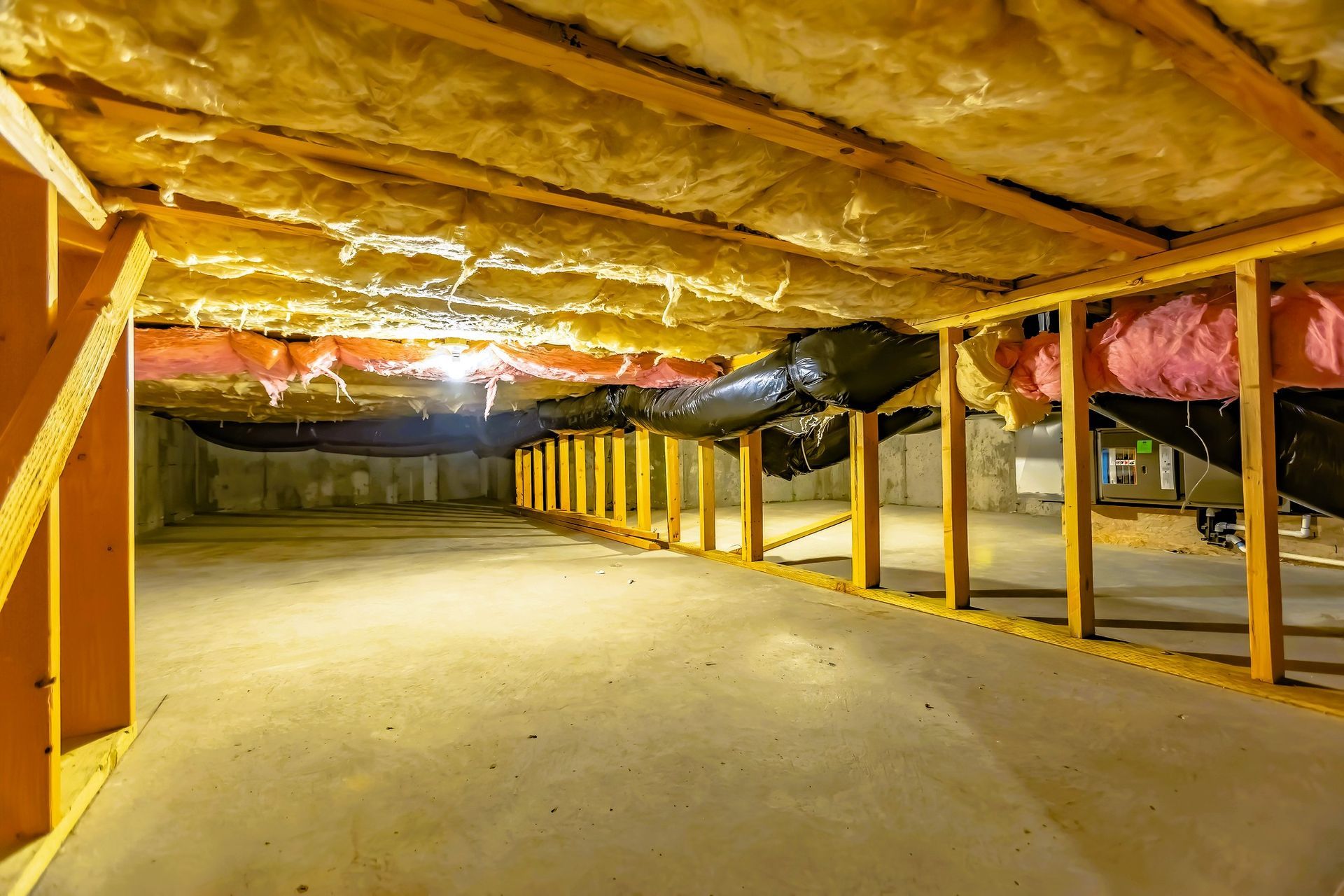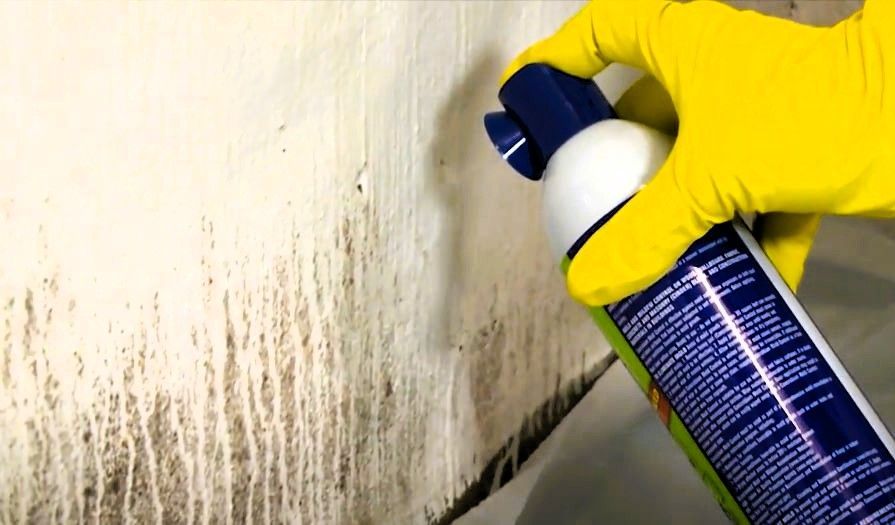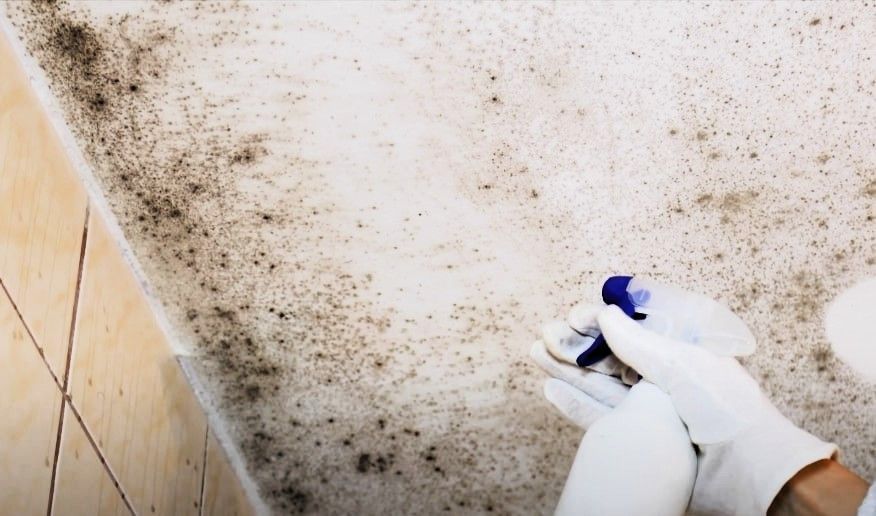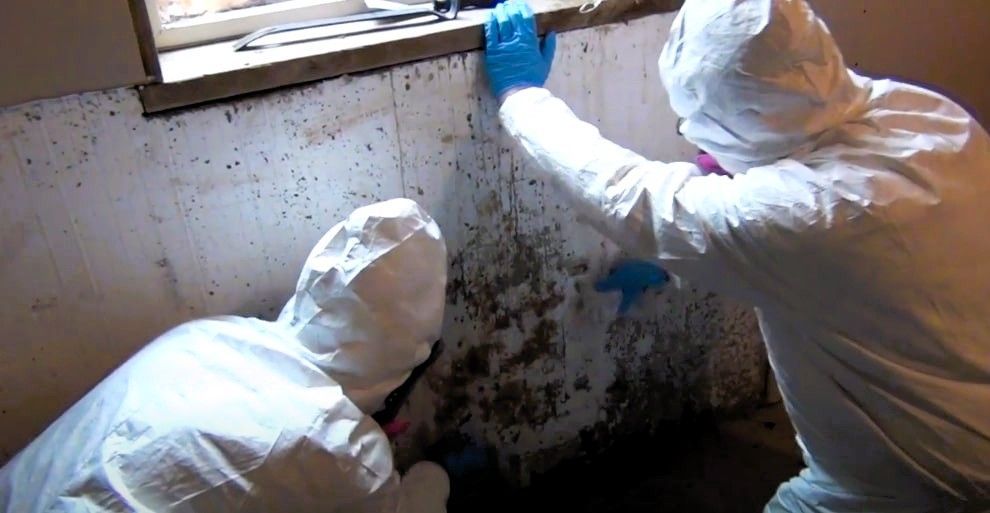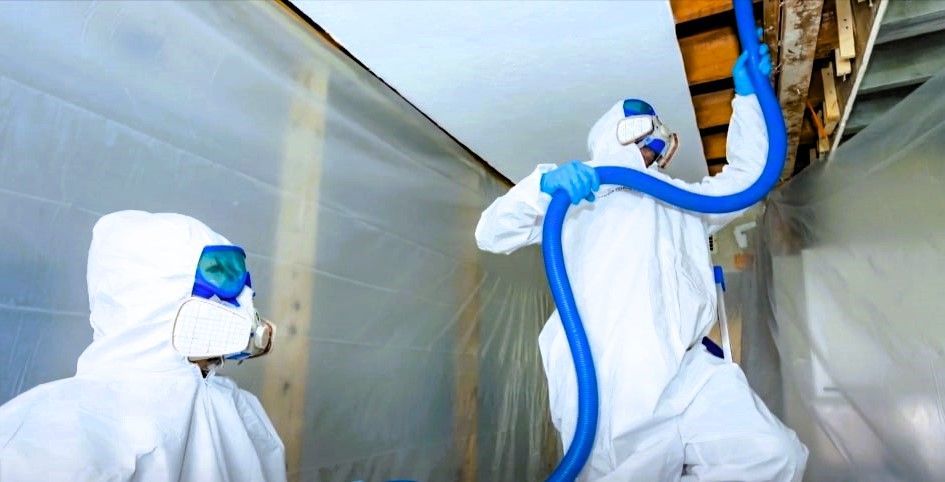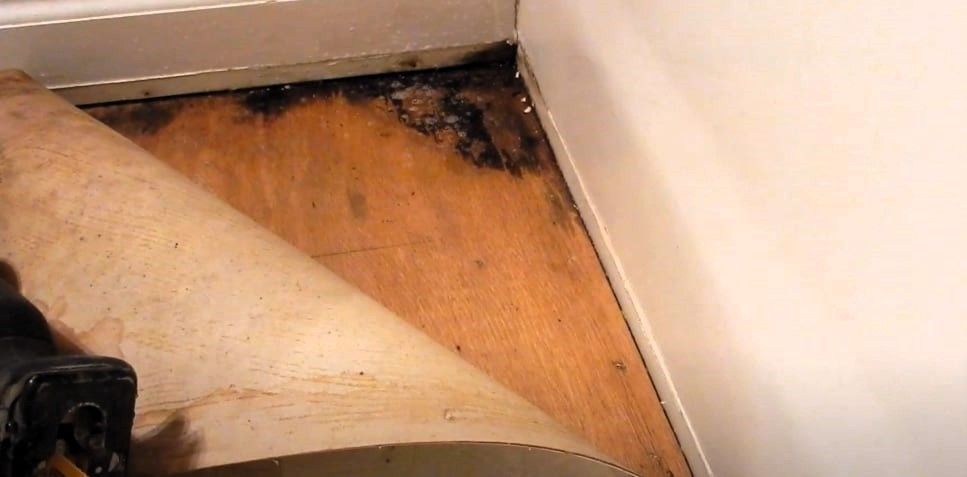How Quickly Does Mold Develop Following a Water Leak?
How fast does mold grow after a water leak
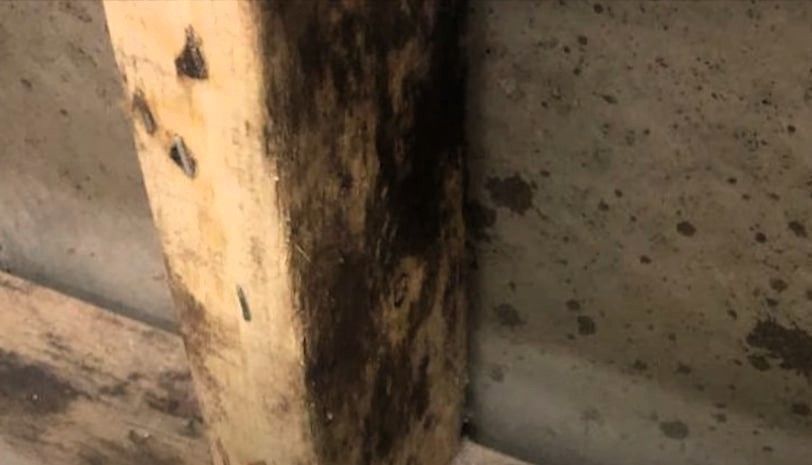
Imagine you’ve just returned from a week-long trip, and a clogged pipe has made your living room a bog. The wet carpet isn’t your only issue, though. Something even worse is there — the stale stench and shadowy spots on the wall. Yes, mold has already crept in.
Water leaks can easily escalate into a moldy nightmare if left unchecked. Mold doesn’t only affect your property, but it also affects your health. But how fast does mold develop? And how can you put an end to it? This article will teach you the process, timeline, risks, and remedies to manage mold after a water leak.
What Causes Mold to Grow After a Water Leak?
Mold craves three things: moisture, a source of food, and time to multiply. When water from a leak floods porous surfaces such as wood, drywall, or carpet, it makes the perfect breeding ground for mold spores. These spores, microscopic in size, flutter around in the air until they land on a damp surface, where they multiply rapidly into a mold colony.
Simply put, a house that has not dried out properly is a smorgasbord for mold.
How Soon Does Mold Begin To Grow?
The sad reality is that mold, when left to do its work, will grow within 24 to 48 hours of the water leak.
If it’s damp and untreated, here’s what you’ll get:
- Within 24-48 hours: Mold spores energize and multiply on moist environments.
- Within 3-5 days: Colonies grow and are easily detectable through musty odors and some slight browning.
- During the course of a week or longer: Mold quickly migrates into neighboring properties, resulting in measurable wall, floor, and furniture damage.
Mold develops very quickly, so water damage must be addressed quickly to prevent it from spreading.
Common Hiding Spots for Mold
Certain areas of your home are more susceptible to mold growth, particularly after a water leak. So look out for these hotspots:
- Basements and Crawl Spaces: Naturally wet and dark, they’re magnets for mold, especially if a leak goes unnoticed.
- Bathrooms and Kitchens: Leaking pipes, leaking taps, and constant moisture render these rooms a breeding ground for mold.
- Attics: Poor ventilation and roof leaks frequently result in moisture accumulation that leads to the development of obtrusive mold colonies.
- Behind Walls and Under Floors: Cracks in walls, pipes, or crawl spaces allow trapped moisture to accumulate and cause mold to flourish undetected.
Find the Signs of Mold Growth
Mold isn’t always visible. Here are some hints that mold is reproducing out of sight:
- Musty Odors: If you can detect an ongoing, musty odor, that’s an excellent sign that mold is present.
- Allergic Reactions: Undiagnosed sneezing, coughing, or a runny nose may be a sign that mold is negatively impacting your air quality.
- Stains or Discoloration: Mold can occur in the form of dark patches or spots on the walls or ceilings.
- Peeling Paint or Bubbling Wallpaper: Peeling and warping occur when moisture accumulates behind surfaces.
- Persistent Water Damage: If leaks remain unattended, they create stains or cracks and are often accompanied by the development of mold.
What To Do If A Water Leak Causes Mold?
If you suspect mold, you need to take immediate action before it gets worse. Here’s how to handle it:
- Locate and Fix the Leak: You must discover the cause of the water issue and correct it, as soon as possible—no exceptions.
- Isolate the Area: Closing the impacted area prevents mold spores from migrating into other rooms in your home.
- Dry Thoroughly: Use dehumidifiers, fans, and ventilation to dry out all wet surfaces. Mold can’t thrive without moisture.
- Remove Damaged Materials: Throw out contaminated items, such as rotten drywall or carpet. Sometimes it is only the throw away that stops contamination.
- Clean and Disinfect: It is possible to clean non-porous surfaces with a mold remover, while porous surfaces might require professional attention.
- Restore and Repair: After removing the mold and drying it out, patch any holes and refinish your house.
- Professional Help Is Key: Mold is hard to manage when it’s not visible. But don’t worry—you’re not alone! That’s where the pros come in. DIY mold remediation can be a quick fix that doesn’t take you deep or into those nifty spots where mold loves to thrive.
At Grand Rapids Mold Relief, we’re equipped with the tools, knowledge and experience to deal with mold in sight and unseen spaces. We are here to keep you safe, clean, and 100% mold free — just breathe easier and get back to enjoying your home!
Get Expert Help Today!
If not treated soon, mold can take away your house and your health. You have to act fast if you want to avoid any damage and leave a clean, healthy home. At Grand Rapids Mold Relief, we offer commercial mold remediation and a free estimate to get started. Don’t wait to protect your home and family.
Contact us today!
